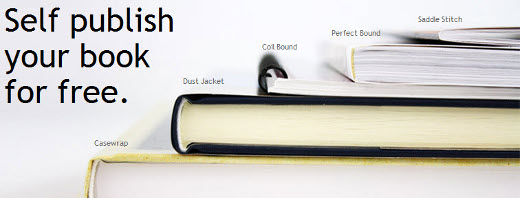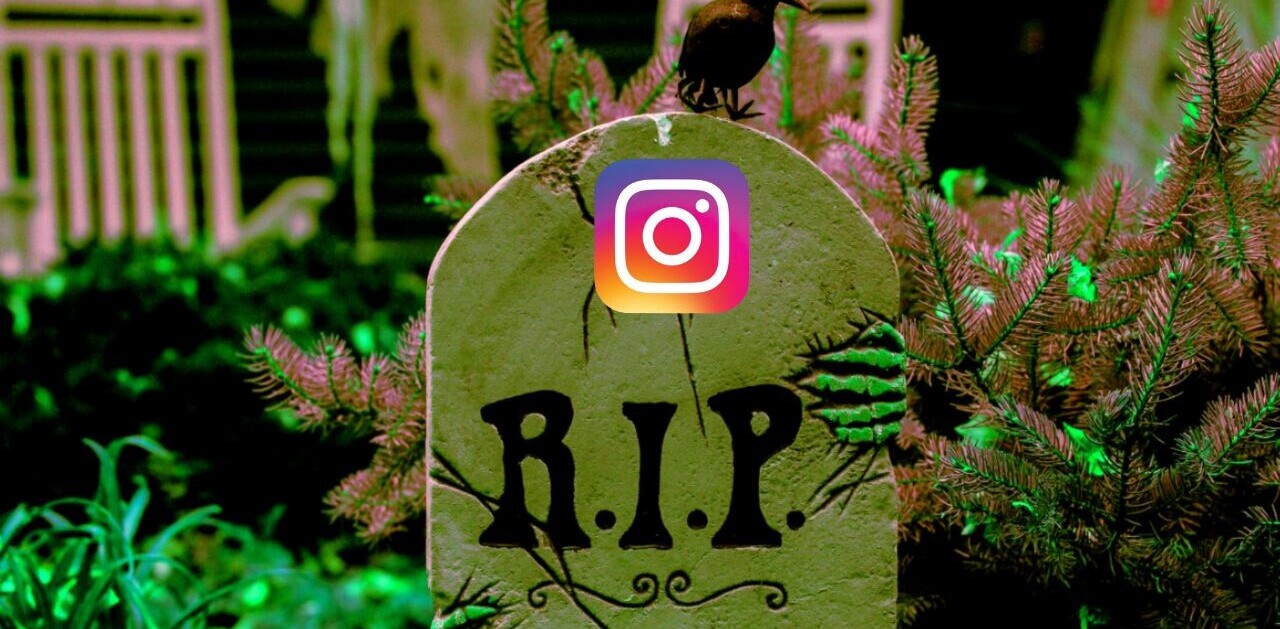
Fifteen years ago, a novel written by a certain Scottish woman was rejected by twelve publishing houses. Eventually she was published by a small time publisher and the rest is history. How much has the scenario changed since then?
Is it easy to approach big name publishers with your passion project? Nope. The attitude of big publishers with a brand name has not changed a bit in decades. But their clout over what gets published is eroding fast, all thanks to the new publisher in town. You!
That’s right. Technology and Internet have changed things upside down in a lot of verticals. Smartphones, tablet PCs, ebook readers etc. are spreading the culture of reading ebooks like wildfire. Internet is by far the cheapest yet the most efficient distribution system with a global reach for digital goods.
For long, blogs have been the beacons of self publishing. But for reading content worthy of a book, there is no better alternative than a book. Ebooks have the advantage of a tiny footprint and instant delivery. Thanks to Kindle and iPad, reading ebooks has become cool.
So what do you need to get yourself published these days? First up, you need quality content. Without that, even with God as your publisher, you won’t be able to sell more than a couple of copies. Other than that, there aren’t a lot of specialized tools or technology gimmicks one has to possess to get self published.
Ebooks today are primarily circulated in two major formats – PDF and EPUB.
Everyone knows the PDF format. It’s the ubiquitous document format that everyone uses and has the software to read it. Since Adobe Reader is installed in almost all computers, PDFs are the choice of popular demand. PDF ebooks are easy to create too. You don’t need the ridiculously costly Adobe Acrobat to create a PDF file, just compose in a Word document and use free or open source tools to covert the file to PDF. You got yourself an ebook!
EPUB
EPUB is a free and open standard developed exclusively for making awesome ebooks. It is designed for reflowable text – text that adjusts itself to the size of the screen, based on the font being used among other parameters. EPUB files are ideal to read on mobile devices and for delivering content to devices with multiple screen sizes.
What goes against both these formats is that they are rigid in their own right. You might be creative as hell, but there is just no way you can make the content pop (like some proprietary formats do) with these formats. But do they offer richer content and more interactivity than a printed book? You betcha!
As mentioned earlier, composing and formatting using a word processor and then converting to PDF is the simplest and economical way of creating ebooks in the PDF format.
Nitro Reader
Nitro Reader sports the familiar Microsoft Office style Ribbon interface. The app helps you create PDF files, comment and review, save PDF forms, extract text and images, type text directly onto the page and more. With so many features and an intuitive interface, this free app has everything you need to create a PDF ebook.
calibre

calibre can convert from a huge number of formats to a huge number of formats. But it is a popular app used to create EPUB files.The conversion engine holds so much power it can rescale all font sizes, ensuring that the output e-book is readable no matter what font sizes the input document uses. The app can automatically detect/create book structure (like chapters and Table of Contents) too. On top of all these, the app can be used to create and edit book metadata too.
Now that the content is all formatted and packaged to your satisfaction, the next logical step is to find an online publisher. Fret not, these publishers are pretty polite and WILL accept you ebook no matter what.
Lulu

Lulu is one of the pioneers of the self publishing concept. Before getting into their ebook distribution system, I will have let you guys know about its brilliant book publishing system. For those still in love with seeing your name in print, Lulu is a Godsend. From creating a cover to getting the right binding for the book, everything can be done with the help of its online tools.
Lulu’s ebook creation wizard is a masterpiece. From getting an ISBN number to submitting to Apple’s iBookstore, you can do all the work from a single place. If you are not planning to sell it in iBookstore, you can list the book on Lulu for sale instead. It has a captive audience and a bustling marketplace that should be not missed. Lulu takes a 20% cut from the sales.
Ebookling
Ebookling is getting a lot of positive buzz lately and has a certain Web 2.0 charm to it. As the founders of the site say, they are focused to help authors become authorpreneurs ie. helping them earn a decent living by selling their work. At 50%, the commission rate is very steep though. But the good thing is, even in case of sales through an affiliate, you get to keep your 50% and Ebookling pays them from their cut.
Kindle Direct Publishing (KDP)
If it wasn’t for the Kindle ebook reader, the era of ebooks would not have dawned. Amazon has sold millions of these devices and the platform has enough critical mass to become a viable self publishing platform. Getting your book in isn’t very hard either. You give your book a name, upload the PDF and then choose the pricing. Voila!
With KDP, you can self-publish books in English, German, French, Spanish, Portuguese, and Italian and specify pricing in US Dollars and Pounds Sterling. Depending on the slabs your book price falls into, Amazon takes a 70% or 30% cut.
E-Junkie
Have an influential blog or a site with a huge traffic? Not interested in paying for the middle man? E-Junkie is what you are looking for. E-Junkie is not a online bookstore or publisher. They offer shopping carts, rather awesome ones for the matter. Once the ebook is ready, upload it to E-Junkie and add the shopping cart code and buttons to your web page.
When a user a clicks on the Buy Now button, E-Junkie processes the payment and mails them the ebook. Your job is to promote the book and count the money that comes in. They have got plans that start from $5 per month and the pricing is based on the file size and the number of files. All plans come with unlimited bandwidth and unlimited sales. They have a flawless reputation and ebook publishers like Rockable use their service.
Our very own Alex Wilhelm and Mike Vardy are both self published authors. Alex took the Kindle Direct Publishing Route and so far he has sold about 100 copies without any significant promotion. There weren’t are any overhead costs to create the ebook except for the $100 he spent on designing the cover. He is so satisfied with the service, he is publishing his next book via KDP too
Mike on the other hand, went with E-Junkie. Apart from the $5 a month on subscription, he didn’t spend any money to create the ebook. He too will be using E-Junkie for his next publication.
Its just not the bloggers and geeks who are going the way of self publishing. Just yesterday, Chris Dixon, a well known VC bundled together posts from his influential blog and has put it up for sale in the Kindle store. So it is evident that the entire world is aboard the self publishing boat. Are you in?
Get the TNW newsletter
Get the most important tech news in your inbox each week.




